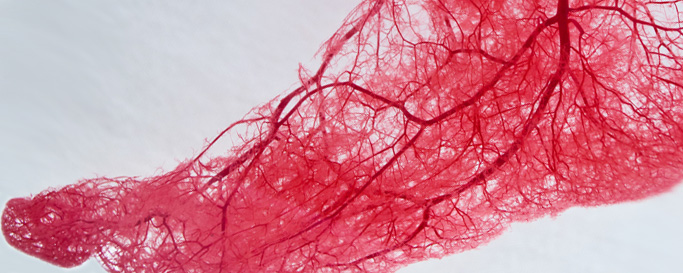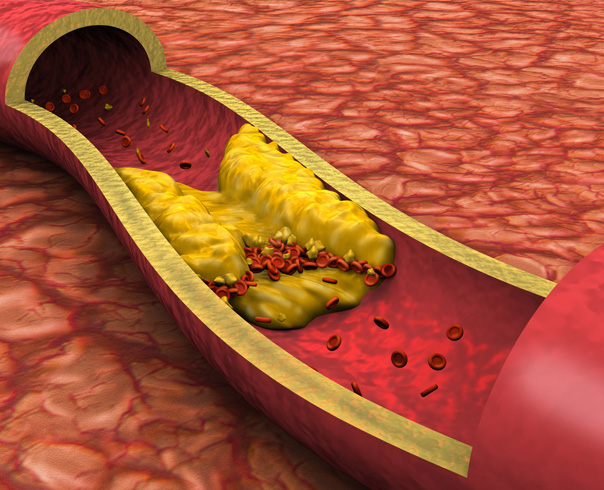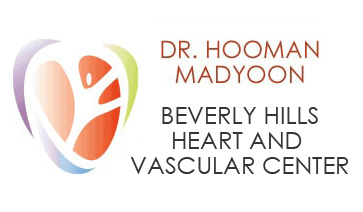OUR BUSINESS IS IDENTIFYING RISK
BEFORE A MORE SERIOUS PROBLEM OCCURS
Call today for a consultation!
310-492-8858
CHRONIC VENOUS INSUFFICIENCY (CVI)
The damaging effects of venous insufficiency have been poorly understood for many years. Additionally, it has been largely overlooked in evaluating cardiovascular health. Rarely is the condition investigated or treated. And, if your doctor doesn’t look for it, chances are you may never hear of it. But it can still have an impact on your life and overall health.
To Dr. Madyoon, your veins are just as important as your heart and arteries. No comprehensive cardiovascular exam is complete without looking at all three components. The Madyoon Method for cardiovascular diagnosis and treatment is new, more effective, and more complete than any other.
What Are the Various Venous Diseases?
Chronic Venous Insufficiency (CVI)
Chronic venous insufficiency is characterized by several core signs:
- Pooling of blood
- Chronic leg swelling
- Increased pressure
- Increased pigmentation or discoloration of the skin
- Leg ulcers (venous stasis ulcers)
If conditions become severe, it can ultimately lead to amputation and loss of the limb. It is estimated that about 40% of the US population has CVI.
Damaged or weak veins may allow blood to flow back and accumulate. When this happens, it causes swelling and the appearance of large, twisted varicose veins on the surface of the skin.
Spider veins are much smaller and often considered not dangerous. However, they may also indicate blood reflux deeper under the skin in some cases. Discovering the cause and origin of these veins is essential to an effective treatment.

Blood Clots
When blood cannot flow freely through your circulatory system, you may develop blood clots. These can lead to severe symptoms and health dangers, depending on where they form. While many patients with venous insufficiency may never encounter this issue, others may be at high risk for it.
Blood clots can be found in the:
- Legs
- Arms
- Veins of the internal organs (kidney, spleen, intestines, liver, pelvic organs)
- The brain (cerebral vein thrombosis)
- The kidneys (renal vein thrombosis)
- Lungs (pulmonary embolism)
Deep Vein Thrombosis
Deep vein thrombosis (DVT) is a blood clot occurring in a deep vein (including upper extremity arms and lower extremity legs.) Even though deep vein thrombosis itself is not life-threatening, the blood clot has the potential to break free and travel through the bloodstream. This is where the danger appears. Eventually, it can become lodged in the blood vessels of the lung. When such an event occurs, it can be a life-threatening condition.
Superficial Venous Thrombosis or Phlebitis
Superficial venous thrombosis or phlebitis is a blood clot that develops in a vein close to the surface of the skin. These types of blood clots do not usually travel to the lungs unless they move from the superficial system into the deep venous system first.
Therefore, they usually do not pose a threat to patients’ lives. However, they can still significantly impact your quality of life. These clots can cause pain and discomfort.
Varicose and Spider veins
Varicose and spider veins are abnormal, dilated blood vessels caused by a weakening in the blood vessel wall. Though they are not necessarily a sign of danger, they can still affect you emotionally. These raised and noticeable veins can harm your self-confidence and limit your desire to wear clothes showing affected areas. At BHVCI, Dr. Madyoon offers the latest in varicose and spider vein removal treatments.
Ulcers
Ulcers are caused by static blood flow or venous stasis ulcers. Ulcers are wounds or open sores that will not heal or keep returning. Venous stasis ulcers are located below the knee and are primarily found on the inner part of the leg, just above the ankle. If treated early on, they can be dealt with easily. However, the longer they develop, the more difficult it is to address them.
Venous Insufficiency Diagnosis
Many patients ask if venous reflux is hard to diagnose. Yes. And No. Some secondary signs are relatively easy to find. Some are not. That is why you need an experienced cardiovascular expert to provide a diagnosis.
The Madyoon Method excels in providing patients with a comprehensive and accurate diagnosis of venous insufficiency. Dr. Madyoon developed it so that he can deliver treatments perfectly tailored to each individual patient.
However, a misdiagnosis can cause some patients to get inappropriate treatment. After injections and surgery, these patients often see a recurrence of varicose veins and other symptoms. That is why you must seek an expert who provides an accurate diagnosis.
Venous Insufficiency and The Madyoon Method
The Madyoon Method blends the latest technologies with unmatched experience to positively identify the source of your venous condition. Using multiple diagnostic modalities, including MRI and CT angiography, it provides highly accurate results.
Often, after the cause of venous reflux is identified, a 20-minute office procedure with laser or radiofrequency ablation can usually take care of the problem. This safe and effective treatment can dry out the source of blood to those unsightly and troubling varicose veins.
Schedule a Consultation Today
Gain a path to health and peace of mind by scheduling a consultation today. Dr. Madyoon, cardiovascular surgeon, works closely with every patient to understand their needs. Using his comprehensive and effective methods, he can help you achieve healthy veins and a better self. Call us today to learn more about your treatment options.
